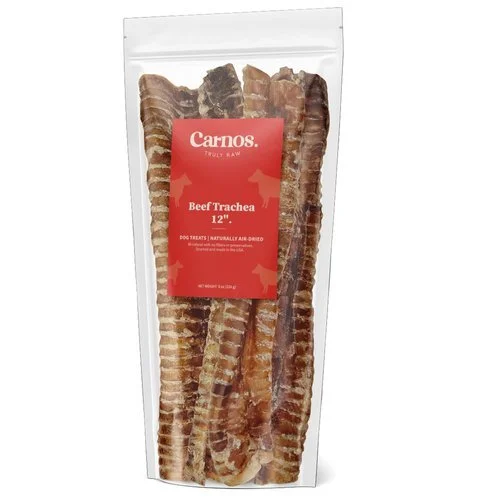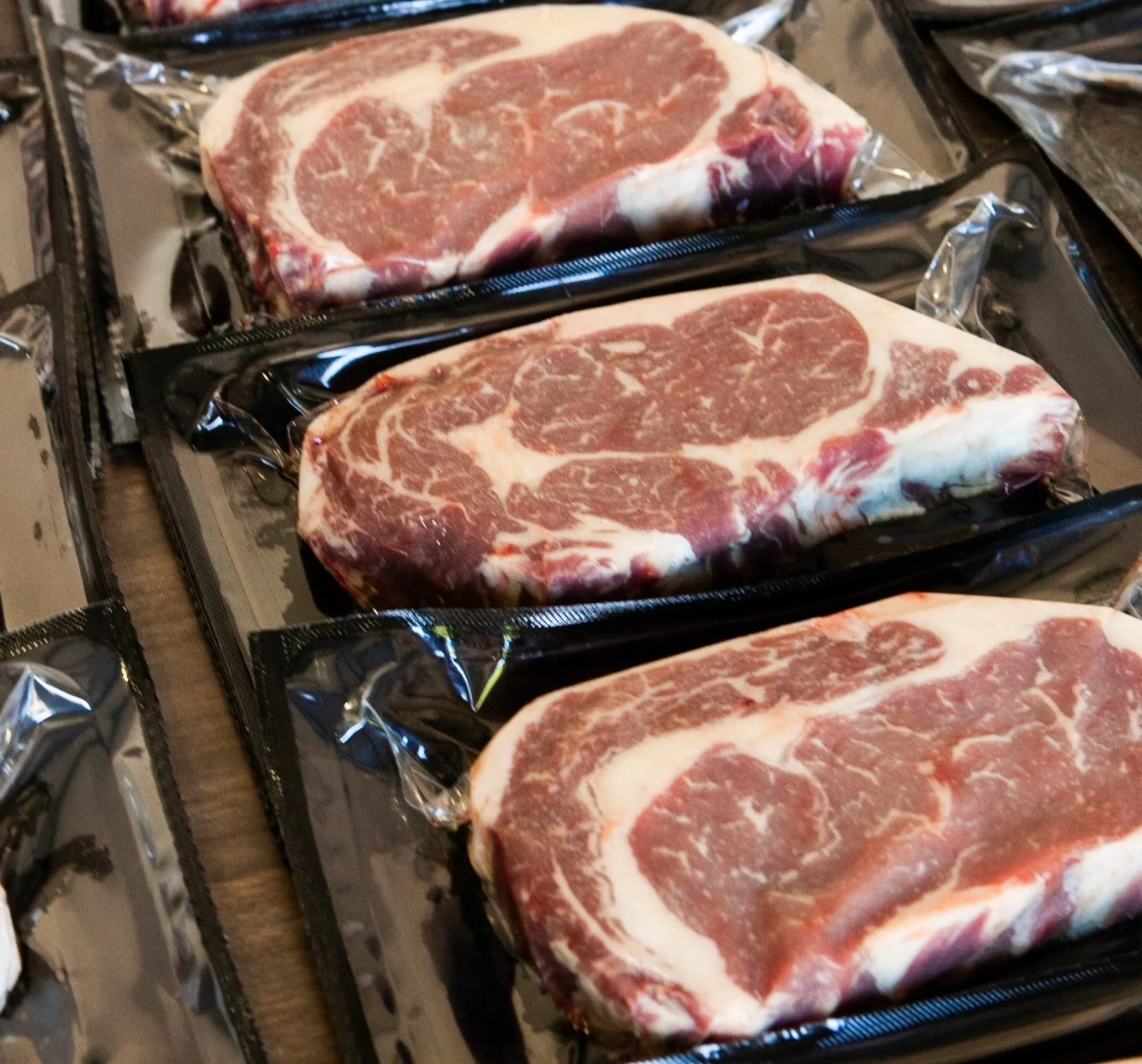USDA Beef Processing
1 head or 100 | No lead times | No “fees” | Flexible schedules | Delivery | Free boxes | Premium packaging
Ready To Eat & More
Beef Jerky | Hotdogs | Snack Sticks | Deli Items | Tallow Products | Premium Pet Food | Luxury Leather
Keep scrolling for the latest updates!
Our MOST POPULAR ready to eat services include:
10 Flavors of Beef Jerky
Turn your hind-quarters into customized, fast-selling & high margin beef jerky!
Nitrite, Nitrate & Corn Syrup FREE Hotdogs
Ground beef is boring. Turn yours into tasty, clean, all-beef hotdogs!
Portion Cutting Services
Unparalleled packaging quality & software that tracks EVERY cut, providing detailed yield data.
Grind & Patty Options
Our grinding operation facilitates every shape, size or package for optimum sales potential.
Logistics
We will deliver your beef anywhere! Commercial freezing is an option for larger groups of cattle.
Client success stories
Biltmore Estate
Asheville, NC
Source traceable leather goods brought to you through our unique partnership with Hermann Oak Leather Co., & American brand Moore & Giles. Our joint efforts convert formerly wasted cattle hides into an exclusive leather collection for the world renown Biltmore Estate!
“In our experience & exploration, we had not found a processor who connected all these dots to offer value-added products that includes leather, like Seven Hills.”
Primal Beef Company
Shenandoah Valley, VA
Founded by Navy Seals. Hear what they say about us on the JOCKO Podcast - the most followed leadership podcast in the USA!
“Seven Hills ability to execute our production needs has allowed us to launch a national e-commerce brand with Virginia cattle. This relationship has made our vision reality.”
Frequently Asked Questions - And Answers by “PRE”!
Do you ever wonder why beef is brown or purple in the package?
”It’s not so often that you see purple meat. Like purple colored New York strip or ribeye at the grocery store. Most of the steaks and ground beef you come across in the store are red in color and psychologically, we tend to think the red color is more appealing. Keeping meat fresh is something we work hard towards and are constantly monitoring. One of the more natural ways to combat spoilage is by vacuum-sealing our products, removing all of the oxygen. This returns the beef to its natural state and in turn keeps the beef fresher, longer.
The color of fresh beef is determined by myoglobin. This is a protein found in muscle tissue and is normally purple in color. It changes color depending on how much oxygen it is exposed to. When exposed, the iron in the muscle starts to react and become unstable, turning either red or brown depending on the level of oxygen present. This is why beef changes color.” - PRE
There are 3 main states for this color change:
STATE 1: Oxymyoglobin Atmospheric Oxygen (O2) Present (bright red in color)
STATE 2: Metmyoglobin Low Oxygen (O2) Partial Pressure (brown in color)
STATE 3: Deoxymyoglobin No Oxygen (O2) Present (purple in color)
So why does most packaged beef look red?
The color of vacuum packaged beef will be distinctly different than beef in an overwrap tray or in a MAP (Modified Atmosphere Packaging) package. Vacuum packaged beef will appear a deep red/purple color compared to the bright red color typically seen in other types of packages and behind the butcher counter. The reason for this difference in color is the presence of oxygen. In a vacuum package, there is no oxygen present in the package. This creates an anaerobic environment – an environment where no oxygen is present. This changes the color of the meat to that deep red/purple color. This is “Deoxymyoglobin”.
In an overwrap tray, oxygen is present due to the open nature of the package with the surrounding air we breathe. In MAP packaging, gasses such oxygen, carbon dioxide, and nitrogen are added in order to keep a bright red color. This is called “Oxymyoglobin”.
Beef is most often a deep purple color in the package. Preserving freshness means removing all of the oxygen from the packaging! When you open up the package, you're exposing it to oxygen and turns bright red – that’s what we call blooming. Because we seal our meat airtight, you get to see this beautiful transformation.
You will also notice this phenomenon behind the butcher counter or in the trays, when some steaks overlap. The overlapping steak will leave a brown color because it was limiting the oxygen exposure to the meat. That state is called “metmyoglobin” as referred to in the visual below.









